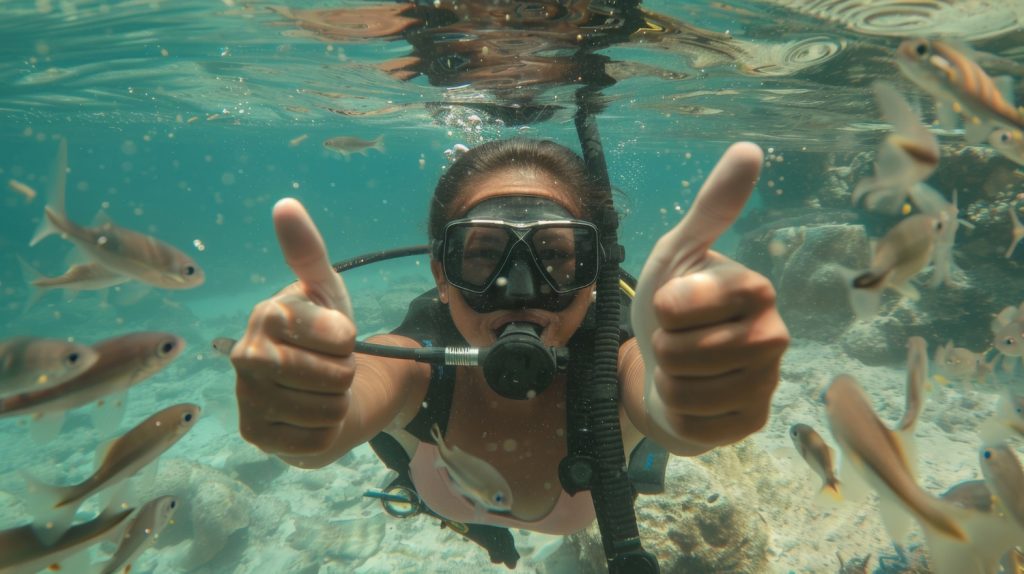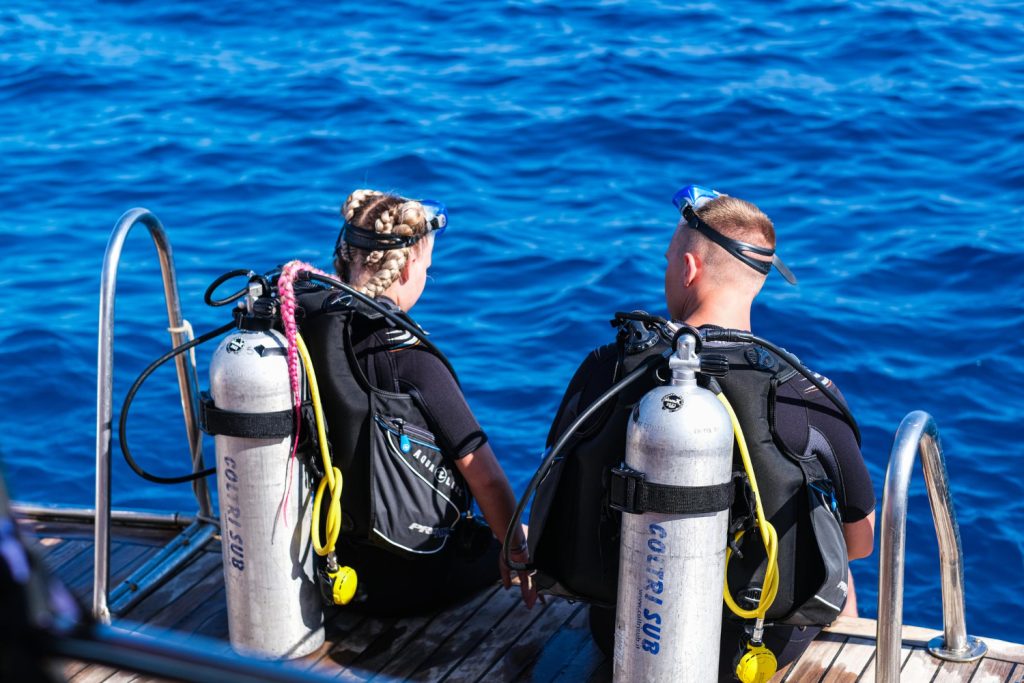The Perfect Buoyancy course, also known as Peak Performance Buoyancy, is a diving specialization that focuses on improving underwater buoyancy control skills. It is one of the most important trainings for divers, as good buoyancy control allows for more efficient, safe, and enjoyable diving, while also protecting the underwater environment.

What can you learn in the PADI Peak performance Buoyancy course?
1. Precise Buoyancy Control: Learning how to better control ascent and descent underwater through a combination of breathing techniques and the use of a buoyancy control device (BCD).
2. Efficient Breathing Control: How to use breath for subtle adjustments in position and altitude in the water.
3. Optimal Body Position (Trim): How to position the body in the water to reduce drag and maneuver better. Proper body positioning also helps conserve energy and reduce air consumption.
4. Precise Swimming Techniques: Techniques for smooth and efficient underwater movement that minimize effort and energy expenditure.
5. Environmental Protection: How to avoid accidentally damaging reefs, vegetation, and marine life through better control of movement and buoyancy.
PADI Peak Performance Buoyancy Course Structure:
1. Theoretical Part: Discusses buoyancy principles, the function of diving equipment (especially BCDs), and how to change buoyancy using breath and gear.
2. Practical Exercises in Water: Typically conducted in a pool or shallow water, where students practice various buoyancy control techniques, body positioning, and maneuvering. Activities may include exercises like hovering in place, moving near the bottom without touching it, and making precise depth changes.

Benefits of Completing the PADI Peak Performance Buoyancy Course:
1. Improved Buoyancy Control:
The Peak Performance Buoyancy course helps master techniques for precise buoyancy control, allowing divers to maintain an optimal position underwater and move freely without effort, avoiding unwanted sinking or surfacing.
2. Reduced Air Consumption:
With better buoyancy, divers expend less energy while moving, resulting in more efficient breathing and longer dive times, as their air supply lasts longer.
3. Less Fatigue:
Precise buoyancy control reduces the physical effort required to maintain proper positioning and maneuvering underwater, making dives less tiring, especially during long or multiple dives.
4. Better Environmental Protection:
Mastering buoyancy techniques minimizes the risk of damaging the seabed, coral reefs, and other elements of the underwater environment. Proper buoyancy helps avoid accidental contact with the bottom or stirring up sediments.
5. Improved Maneuverability:
The PADI Peak Performance Buoyancy Mallorca course teaches how to maneuver freely underwater, allowing for smooth navigation around obstacles, controlled ascent or descent, and precise direction changes.
6. Better Underwater Photography and Filming:
For divers interested in underwater photography or videography, Peak perfect buoyancy is crucial. Stability and buoyancy control allow for better shots without blur or motion.
7. Increased Safety in Peak performance buoyancy course:
With better buoyancy control, divers have greater awareness of their position underwater, helping to avoid unwanted surfacing or sinking and reducing the risk of decompression issues.
8. Confidence Underwater:
Acquiring precise buoyancy skills boosts divers’ confidence. A deeper understanding of balance and position control in the water makes diving more enjoyable and less stressful.
9. Preparation for Advanced Diving:
Excellent buoyancy is crucial in more advanced types of diving, such as cave, wreck, technical, or deep diving, where precision and control are essential.
In summary, the PADI Peak Performance Buoyancy Mallorca course enables divers to better control their bodies underwater, enhancing comfort and safety while minimizing negative impacts on the environment—an invaluable skill at every stage of a diver’s career.
